What do the symbols of Haft Sin table mean?
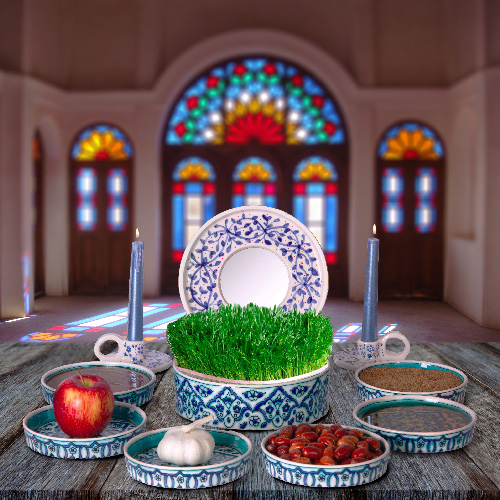
Nowruz is basically the heartbeat of Persian culture — it’s the Iranian New Year and comes right when spring shows up. It’s not just a date on the calendar; it’s a whole vibe of fresh starts, growth, and feeling more in tune with nature. One of the coolest parts? The Haft Sin table. If you’ve never seen one, it’s this super meaningful setup with seven special items, each starting with the Persian letter “S” (Sin). Every item stands for something beautiful — like love, health, wealth, or starting over. It’s not just a tradition; it’s the soul of Nowruz décor.
In this article, we will explore the meanings behind each element of the Haft Sin Table, the significance of Nowruz gifts, and how you can create a stunning display for your home.
What is the Haft Sin Table?
The Haft Sin Table (Haftseen) is an arrangement of seven symbolic items, each representing different aspects of life and well-being. Historically, this tradition dates back to the Achaemenid Empire when ancient Persians celebrated the new year with a table known as Haft Chin, consisting of seven food items. Over time, this evolved into Haft Sin, incorporating elements of Persian mythology and culture.
The Seven Sacred Symbols of the Traditional Haftseen
Each element of the Traditional Haftseen Table holds deep symbolic significance:
- Senjed (Oleaster) – Represents wisdom, love, and prudence, encouraging thoughtful actions in the new year.
- Sib (Apple) – A symbol of health, beauty, and well-being, promoting vitality throughout the year.
- Sabzeh (Sprouts) – Signifies rebirth, renewal, and the continuous cycle of life.
- Samanoo (Wheat Pudding) – Represents strength, patience, and prosperity, made from wheat germ as a nourishing dish.
- Sir (Garlic) – Symbolizes protection, health, and purification, warding off evil and disease.
- Serkeh (Vinegar) – Stands for patience and acceptance, reminding us to embrace life’s challenges.
- Somāq (Sumac) – Represents the spice of life and the transition from darkness to light, signifying hope and endurance.
Additional Elements of the Haft Sin Table
While the seven “Sin” items are the focal point, other decorative and symbolic elements enhance the Nowruz decorations:
- Holy books (Quran, Hafez, or Shahnameh) – Represent spiritual growth and wisdom.
- Mirror – Nowruz table mirror Symbolizes self-reflection and purity.
- Candles – Represent enlightenment and the presence of divine light.
- Painted eggs – Indicate fertility and new life, an ancient Zoroastrian tradition.
- Goldfish – Gold fish in persian Symbolizes movement and life, though many now opt for symbolic representations instead of live fish.
- Nowruz coins – Represent wealth and financial prosperity in the coming year.
Nowruz Gifts and Celebrations
Giving Nowruz gifts is an essential part of celebrating the Persian New Year. Families exchange presents such as Persian tableware, decorative items, and hand-crafted gifts to share joy and prosperity. Popular gift ideas include:
- Hand-painted Haft Sin trays
- persian luxuray handcrafts like Persian Firoozeh Koobi (Turquoise), Minakari, Khatam kari, Ghalam kari
- Luxurious Persian carpets and textiles
- Traditional Persian jewelry
- Elegant Nowruz gift boxes filled with sweets and delicacies
At Persis Collection, we offer a curated selection of unique and handcrafted Nowruz gifts to help you celebrate this beautiful tradition with authenticity and elegance.
How to Set Up a Traditional Haftseen Table for Nowruz
Setting up a Haft Sin Table is an enjoyable and meaningful tradition. Here are simple steps to create an elegant display:
- Choose a Decorative Tablecloth – Select a fabric that reflects Persian aesthetics, such as Persian tablecloths with intricate designs.
- Arrange the Haft Sin Items – Place the seven symbolic elements in beautiful bowls or plates.
- Add Decorative Pieces – Incorporate mirrors, candles, and flowers to enhance the display.
- Include Personal Touches – Add family photos, poetry books, or any item that holds significance for your family.
FAQs About Haft Sin and Nowruz
- What does the Haft Sin Table represent?
The Haft Sin Table represents renewal, prosperity, and various aspects of life, with each item symbolizing a unique virtue. - When do Iranians set up the Haft Sin Table?
Families traditionally set it up a few days before Nowruz and keep it in place for 13 days. - What are the best Nowruz gifts to give?
Popular choices include Persian handicrafts, miniature paintings, traditional Persian sweets, and Persian jewelry. - Why are seven items used in Haft Sin?
The number seven is sacred in Persian culture, symbolizing cosmic order and spiritual balance. - Can I customize my Haft Sin Table?
Yes! Many families personalize their tables with extra decorations, flowers, or additional symbolic elements. - Where can I buy authentic Haft Sin items?
You can find premium-quality Haft Sin trays, decorations, and gifts at Persis Collection, the most trusted Persian shopping gallery with worldwide delivery. - Is the goldfish necessary for the Haft Sin Table?
No, it is optional. Many people use symbolic fish figurines instead of live fish. - Can I set up a Haft Sin Table while traveling?
Yes! Create a small portable Haft Sin Table by using travel-sized versions of each symbolic item. - How long should the Haft Sin Table stay up?
It remains until the 13th day of Nowruz, known as Sizdah Bedar, when families go outdoors to celebrate. - What is the significance of the painted eggs in Haft Sin?
They symbolize fertility, new life, and the continuation of generations.







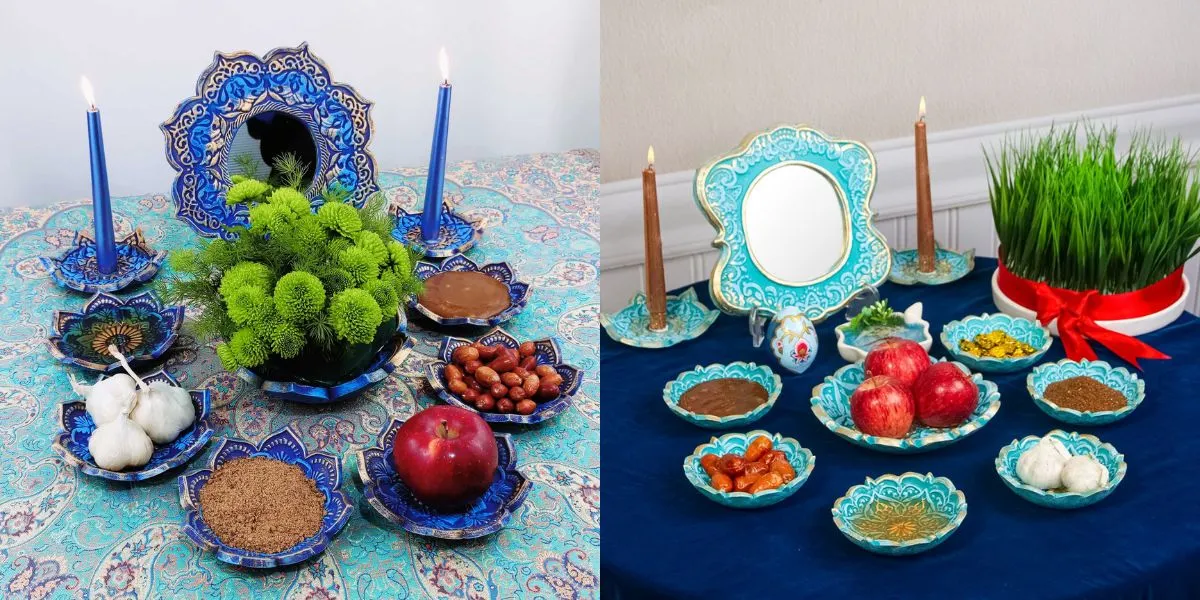
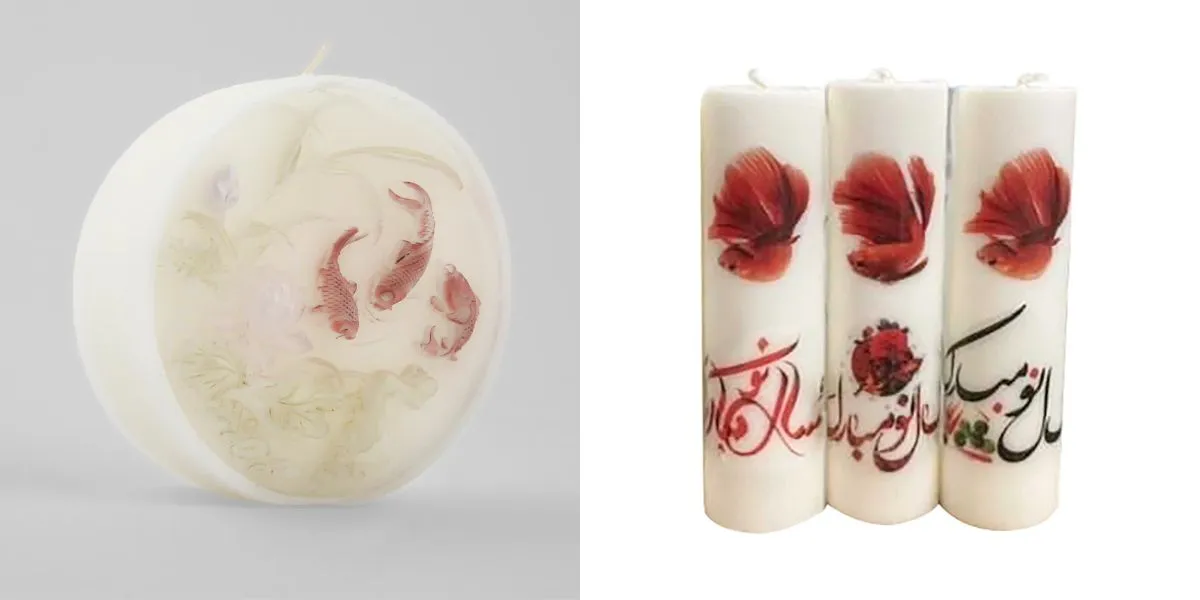
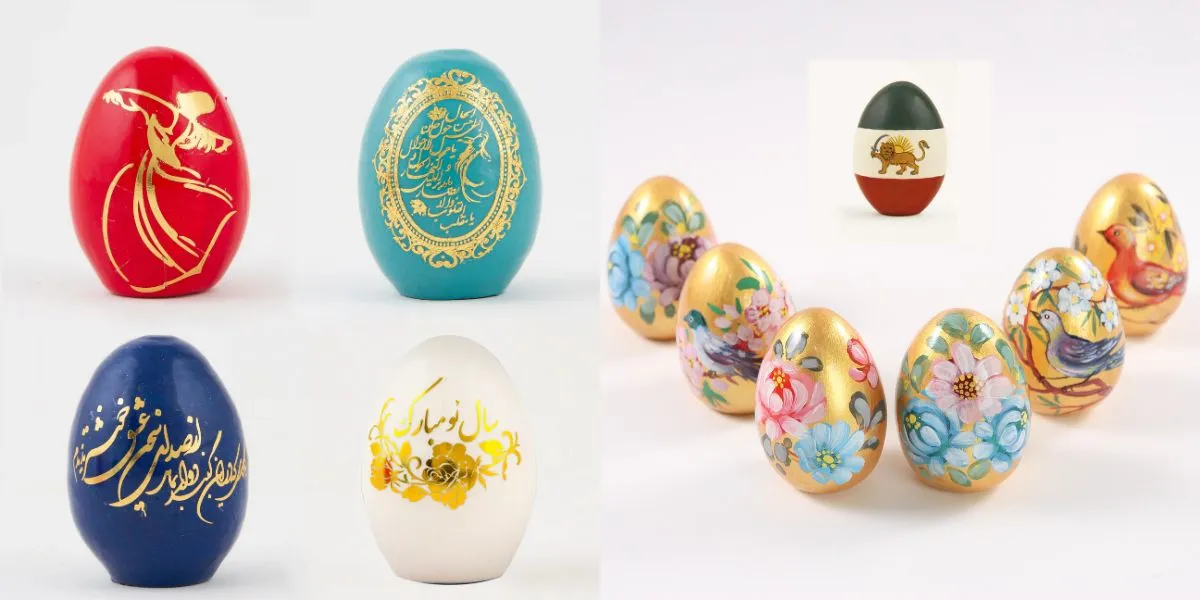
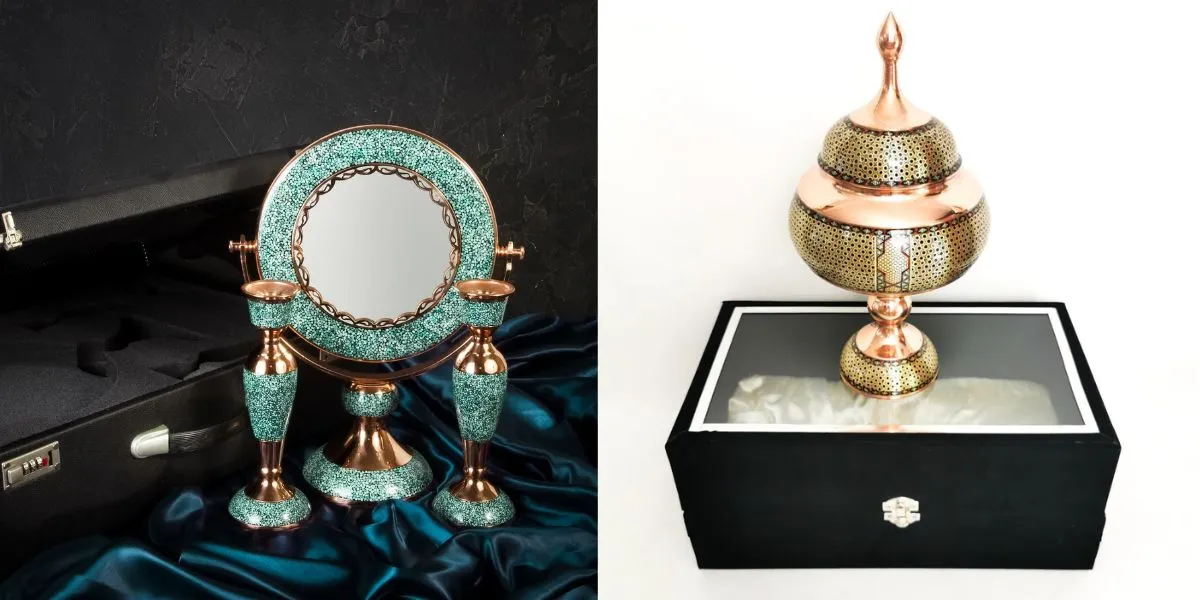

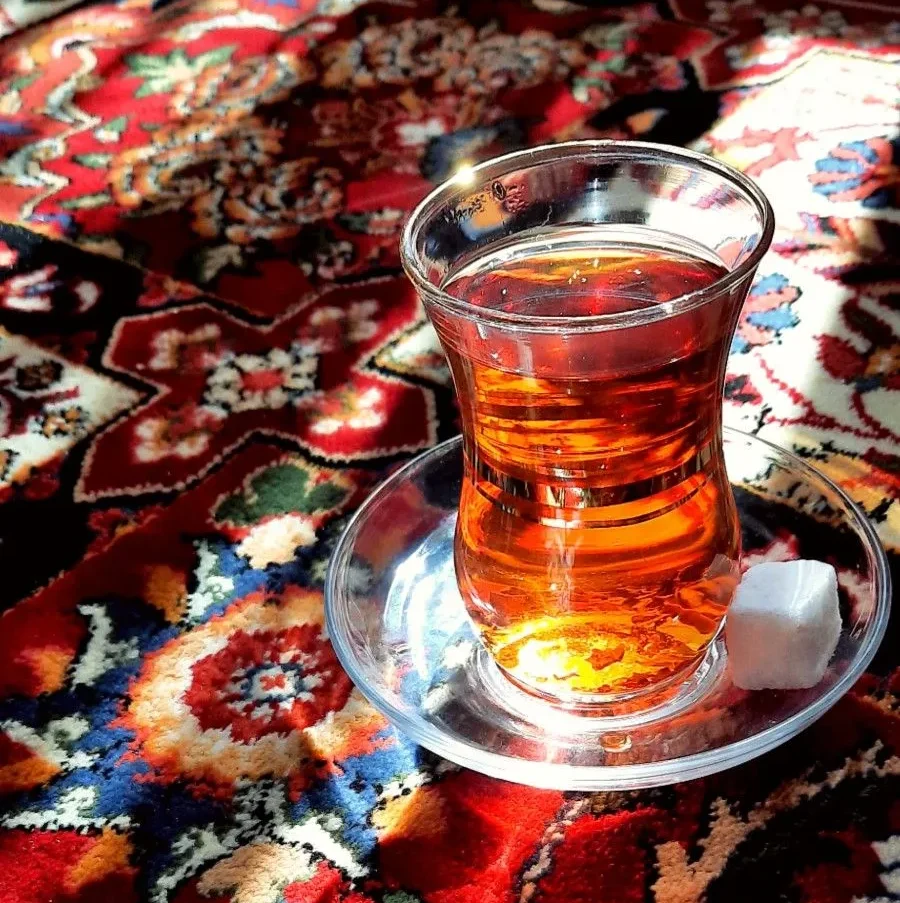
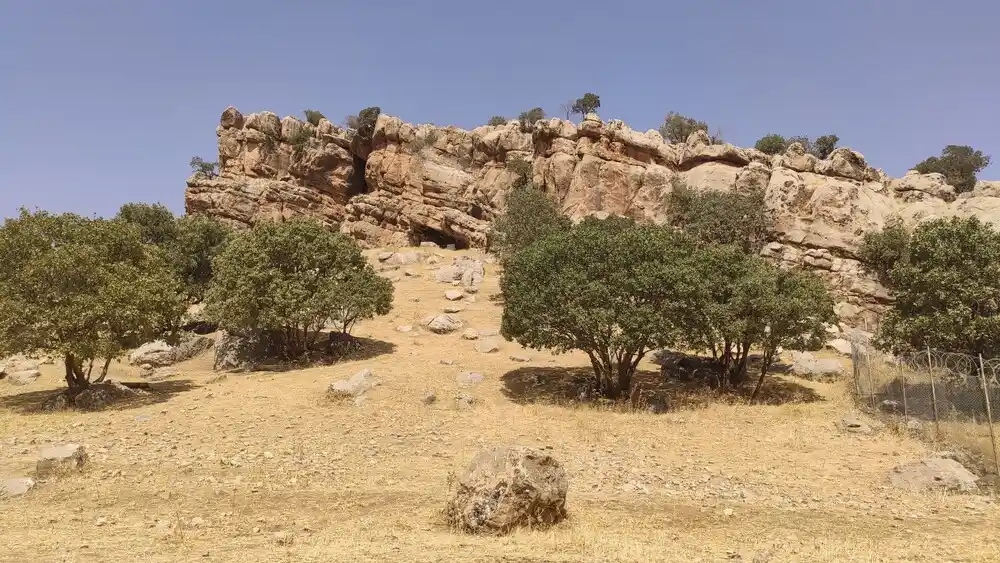
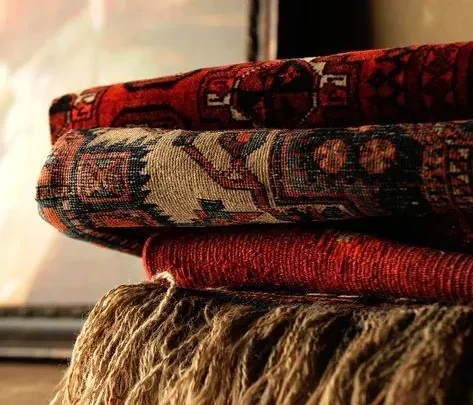
Comments